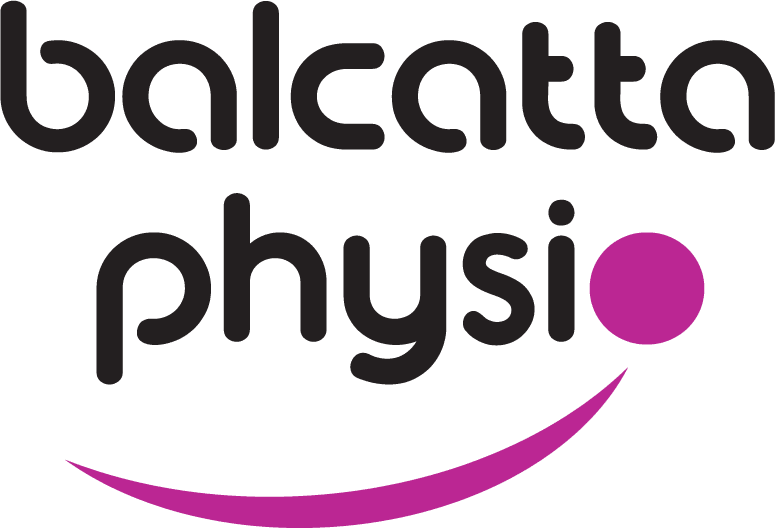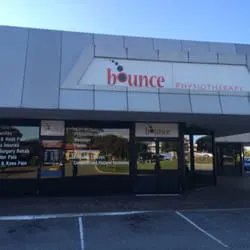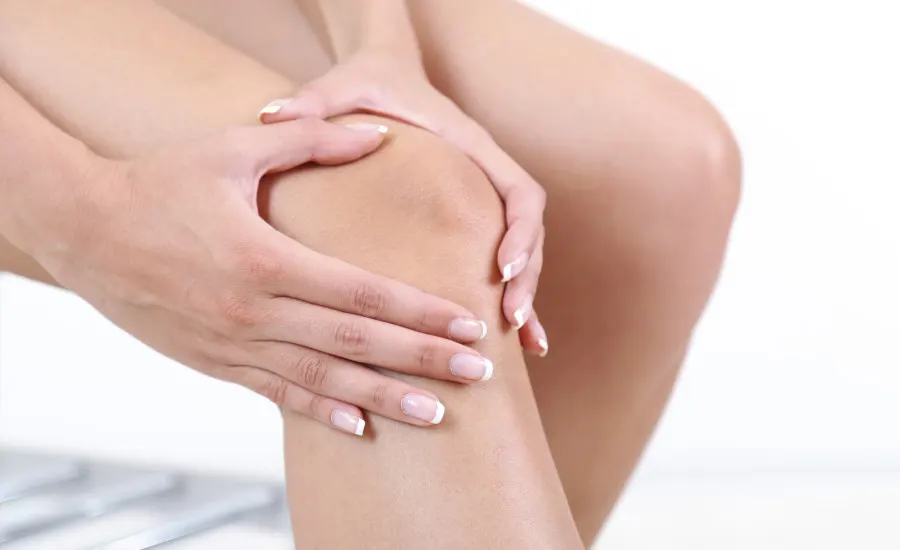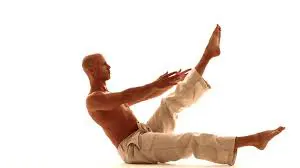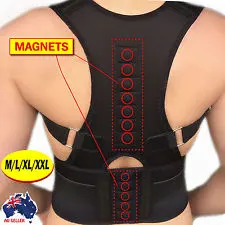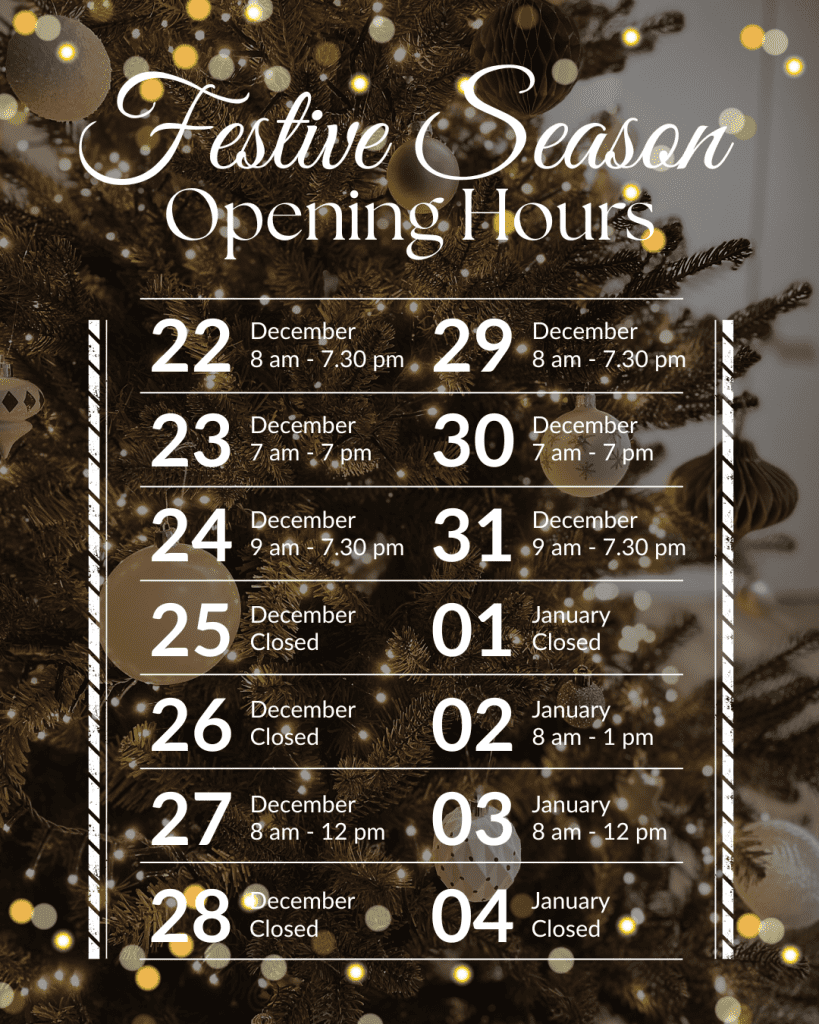Have you ever started a new workout or pushed yourself a little harder at the gym, only to wake up the next day feeling stiff and sore? That’s Delayed Onset Muscle Soreness (DOMS). It’s a normal response to exercise, especially when you’re trying something new or challenging.
DOMS usually shows up 24–72 hours after activity and can leave you feeling tender, stiff, and less mobile. It’s nothing to fear, though—it’s actually part of your body adapting and getting stronger.
What Causes DOMS?
- Muscle Micro-Damage: Intense or unfamiliar exercise causes tiny tears in your muscle fibres, especially during eccentric movements (e.g., lowering weights or running downhill).
- Inflammation: This triggers an inflammatory response as your body begins to repair and strengthen the muscle.
- Adaptation: Over time, your muscles adjust, becoming more resilient to similar activities.
How Can You Manage DOMS?
DOMS can’t be avoided entirely, but there are ways to ease discomfort and help your body recover. Here’s what can help:
- Gentle Movement: Light exercises like walking or yoga can boost circulation and reduce stiffness.
- Hydration: Drinking plenty of water supports muscle repair and helps flush out waste products.
- Warm-Up and Cool-Down: Preparing your muscles before exercise and stretching afterward can help reduce the severity of soreness.
- Foam Rolling: This self-massage technique helps release muscle tension and improve mobility.
- Rest and Recovery: Listen to your body and give yourself time to heal.
The Role of Remedial Massage Therapy
If you’re looking for additional support, Remedial Massage Therapy is an excellent option for managing DOMS. Here’s why it’s worth considering:
- Eases Soreness and Tension: Targeted massage can reduce muscle stiffness, improve comfort, and help you feel more mobile.
- Boosts Circulation: Massage promotes blood flow, helping to remove waste products and bring fresh nutrients to sore muscles.
- Relaxation Benefits: Beyond the physical relief, massage encourages relaxation, which can enhance overall recovery and reduce stress.
- Individualised Care: A remedial massage therapist tailors treatments to your specific needs, focusing on the areas where you’re feeling sore.
While massage might not “cure” DOMS overnight, it’s a great way to support your body’s natural recovery process and feel better faster.
Can Physiotherapy Help with DOMS?
Absolutely! Physiotherapy can complement your recovery with tailored advice and treatments. Our team can:
- Help you design an exercise program to minimise severe DOMS.
- Provide hands-on therapy to ease pain and tension.
- Teach proper techniques to reduce muscle strain and prevent future soreness.
Final Thoughts
DOMS is a sign that you’re challenging your body, which is a great thing! While the soreness can be uncomfortable, it’s temporary and part of getting stronger. If the pain lasts more than a few days or feels sharp and intense, it might be worth consulting a physiotherapist to rule out an injury.
Whether you need guidance on recovery strategies, a personalised exercise plan, or the soothing touch of a remedial massage, we’re here to help. Book an appointment today and let’s keep you moving towards your goals
